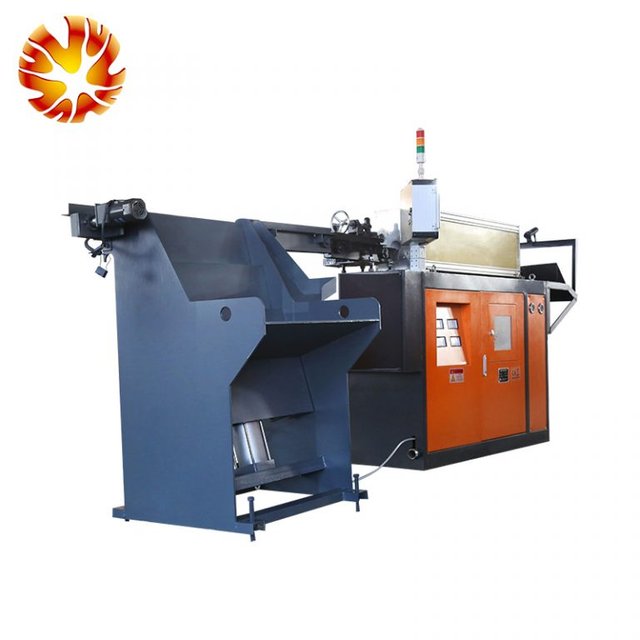Heating furnace 2025

Until now, the old flame furnace has remained an attractive alternative heating method due to its low capital investment, and its importance is comparable to that of the penetration induction furnace when oil and gas costs are low. Because fuel costs are unstable, accurate cost comparisons can only be made for specific equipment within a specified period, but it is always important to consider other practical aspects besides the capital investment.
Induction furnace
The time required to heat the billet in an induction furnace is much shorter than the time required to heat it in a flame furnace. Therefore, such a short heating time helps to reduce the production of oxide scale. The typical oxide scale content of flame furnace heating is 3-4%, which can be reduced to 0.5% by electric heating. Oxide scale fragments will cause accelerated wear of forging dies (one company estimates that the life of the die can be increased by 30% due to the minimal oxide scale of induction heating).
Since there are no combustion products in the heating zone, oxidation and decarburization of the steel parts are effectively avoided, so clean billets can be obtained by this rapid heating. It is said that surface decarburization of high-carbon and high-alloy high-speed steel and tool steel materials can reach 5% by weight. This decarburization layer must be removed from the product, which creates problems in terms of material consumption and processing allowance. High-temperature short-time heating combined with good induction heating technology can make high-speed steel and tool steel meet the 1st level decarburization range of BS4659:971, so there is no need to machine the steel surface.
Accurate temperature control and the absence of oxide scale (see the previous item 1) will extend the life of the mold.
Due to the fast speed of induction heating, it is suitable for installation on automated production lines. The figure shows an induction heating furnace and a combined forging and pressing equipment.
When the operator eats, changes the mold and the production stops, the heating device can be shut down due to its fast start-up capability (usually reaching normal state in a few minutes), thus saving energy. When the fuel furnace restarts production, it takes several hours to reach the operating temperature, and it is normal to stop work for a shift to avoid and delay damage to the furnace wall.
The workshop area occupied by the induction heating furnace is much smaller than that of the general furnace. Since the shell of the induction heating furnace is not hot, the space around it can be used, and the working conditions of the workers are improved.
Since the induction heating furnace does not need to produce combustion and there is no heat radiation, the workshop ventilation and exhaust smoke are very small.
Since the induction heating furnace does not have the perfect protection facilities required for explosive gas mixtures, there is no toxic smoke and no danger of burns from the furnace shell, the sanitation and safety conditions are improved. Obviously, the design of its electrical components must meet the specified safety standards.
The induction heating furnace can be designed as a device with a certain uneven heating “gradient”. For example, in extrusion work, this induction heating furnace is usually beneficial to heat the head of the billet and bring it to a higher temperature range in order to reduce the initial pressure of the extrusion head and compensate for the heat generated by the billet during the extrusion process. Heating the billet with a fuel furnace requires a quenching step to reach this state. Although there are fast-channel gas furnaces that can achieve “step” heating of the billet, this will affect the energy loss and the cost of additional equipment.
It takes an hour to change the heating temperature once with a general furnace. When the heating temperature needs to be changed many times within a day, it becomes very disadvantageous. The induction heating furnace can adjust and reach a new heating temperature within a few minutes.
Because heating below 800℃ does not cause oxidation and decarburization problems, there is a theory that preheats to 800℃ in a general furnace (if gas or oil furnaces are present at the same time), and then uses electric heating to heat to 800~1200℃ above the critical point. On the other hand, the economic effect must also be investigated.